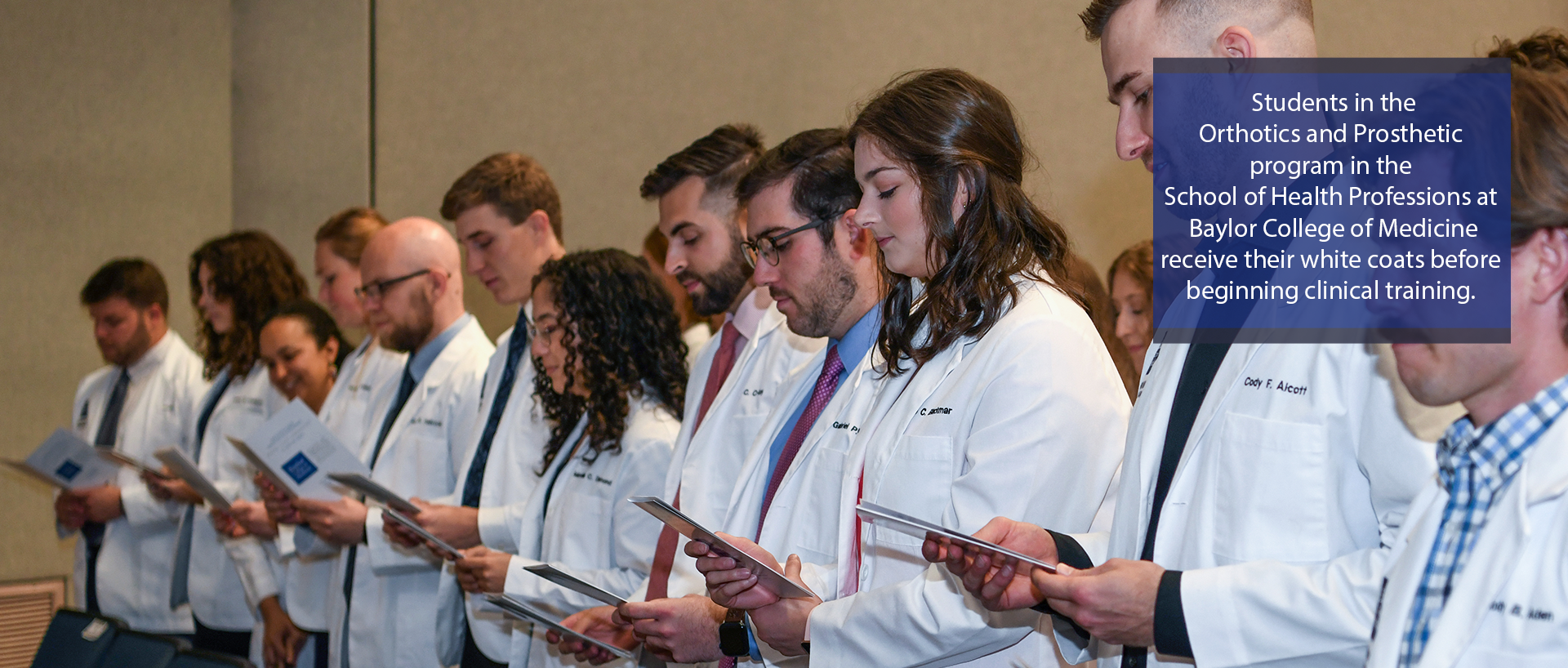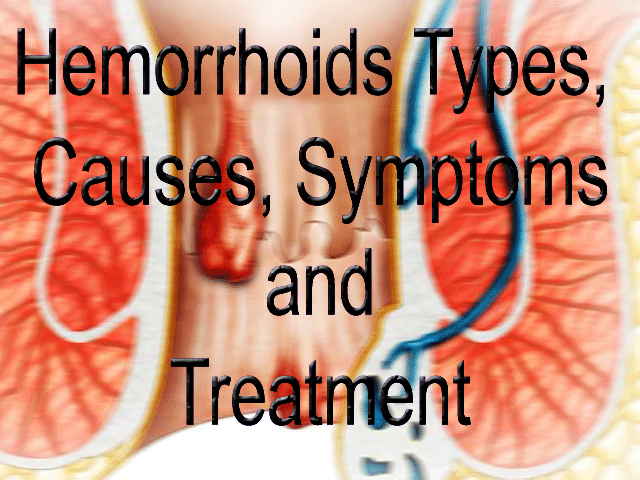
Bleeding Hemorrhoids: When to See a Doctor – Manhattan Gastroenterology
Although most hemorrhoids are minor and can be treated at home, they require professional attention occasionally. Here are some pointers to help you decide when to treat at home and when to see your doctor.

Thrombosed Hemorrhoids: Symptoms, Causes and Treatment – PharmEasy Blog
Haemorrhoids usually develop when the tissues supporting the anal opening deteriorate or disintegrate, leading to swollen blood vessels.

Aetiology of thrombosed external haemorrhoids: a questionnaire study | BMC Research Notes | Full Text
It is important to better understand the aetiology of thrombosed external haemorrhoids (TEH) because recurrence rates are high, prophylaxis is unknown, and optimal therapy is highly debated. We conducted a questionnaire study of individuals with and without TEH. Aetiology was studied by comparison of answers to a questionnaire given to individuals with and without TEH concerning demography, history, and published aetiologic hypotheses. Participants were evaluated consecutively at our institution from March 2004 through August 2005. One hundred forty-eight individuals were enrolled, including 72 patients with TEH and 76 individuals without TEH but with alternative diagnoses, such as a screening colonoscopy or colonic polyps. Out of 38 possible aetiologic factors evaluated, 20 showed no significant bivariate correlation to TEH and were no longer traced, and 16 factors showed a significant bivariate relationship to TEH. By multivariate analysis, six independent variables were found to predict TEH correctly in 79.1% of cases: age of 46 years or younger, use of excessive physical effort, and use of dry toilet paper combined with wet cleaning methods after defaecation were associated with a significantly higher risk of developing TEH; use of bathtub, use of the shower, and genital cleaning before sleep at least once a week were associated with a significantly lower risk of developing TEH. Six hypotheses on the causes of TEH have a high probability of being correct and should be considered in future studies on aetiology, prophylaxis, and therapy of TEH.
Thrombosed Hemorrhoids | Saint Lukes Health System
Most hemorrhoids arent something to worry about. But a thrombosed hemorrhoid is more painful. It occurs when a small blood clot develops in an external hemorrhoid. This can cause severe pain and sometimes bleeding. Read on to learn more.

External hemorrhoids: Treatment, pictures, symptoms, and causes Medical News Today
An external hemorrhoid is a hemorrhoid that occurs outside of the body in the veins around the anus. Learn more about the symptoms, causes, and treatments here.
:max_bytes(150000):strip_icc()/GettyImages-187077712-56b295da3df78cdfa00401aa.jpg)
Thrombosed Hemorrhoid: Causes, Symptoms, and Treatment
Learn about the causes and symptoms of thrombosed hemorrhoid as well as possible treatments for it.

Top Signs of a Thrombosed Hemorrhoid – Manhattan Gastroenterology
The anal canal is lined with blood vessels. When these blood vessels become dilated or swollen, they can form hemorrhoids.

[PDF] Surgical treatment of thrombosed external hemorrhoids – Case report and review of literature | Semantic Scholar Semantic Scholar
Semantic Scholar extracted view of Surgical treatment of thrombosed external hemorrhoids – Case report and review of literature by K. Wroński et al.

What Do Hemorrhoids Look Like: Types and More Healthline
There are four types of hemorrhoids: internal, external, prolapsed, and thrombosed. Find out what they look like and more.

What is Thrombosed External Hemorrhoid Treatment
Get complete Thrombosed External Hemorrhoid Treatment with Vitalitys Laser Piles Clinic. We provide minimally invasive procedures for quick relief and recovery.

Thrombosed hemorrhoids: Symptoms, causes, and outlook Medical News Today
Thrombosed hemorrhoids happen when sacs in the anal passage get pushed onto the outside of the anus and fill with blood clots. Learn more.
Hemorrhoids: Everything to Know | Gastroenterology Orlando
Hemorrhoids (also known as piles) are swollen, inflamed veins in your lower rectum and anus, similar to varicose veins. Read more about symptoms and treatment.

External Thrombosed Hemorrhoid Surgery
Thrombosed External Hemorrhoid Surgery at Baylor College of Medicine…

Hemorrhoids: Causes, Treatment, and Prevention
Hemorrhoids can be painful and inconvenient, but treatment options are available and prevention is possible. Hemorrhoid Causes & Symptoms.
The squishy part of the anus. It may be hemorrhoids (piles)? Types of hemorrhoids according to the swelling|BORRALABO on Buttocks Health Problems
The squishy part of the anus. It may be

Hemorrhoid – Wikipedia
Thrombosed External Hemorrhoid Excision: Background, Indications, Contraindications
Background External hemorrhoids (piles) occur distal to the dentate line and develop as a result of distention and swelling of the external hemorrhoidal venous system (see the first image below). Engorgement of a hemorrhoidal vessel with acute swelling may allow blood to pool and, subsequently, clot; this leads to the acutely thrombosed exter…
Hemorrhoids
Find out more about this uncomfortable condition, how it can be managed, and the various treatment options available. Learn how you can prevent Hemorrhoids in future too!

Easy Ways To Remove External Haemorrhoids At Home – PharmEasy Blog
External haemorrhoids are a common condition affecting the general population.

Causes of Hemorrhoids and Common Treatments – Surgery Group LA
Hemorrhoids are the pillow-like cluster of veins underneath the mucus membranes lining your anus and the lowest part of your rectum. Using this definition, technically everyone has hemorrhoids. The condition called Hemorrhoids though is what
Treatment of hemorrhoids: A coloproctologist’s view
Treatment of hemorrhoids: A coloproctologist’s view

Incarcerated hemorrhoids and external thrombosed hemorrhoids|Official Brand Site
This is the Amato Pharmaceutical Products, Ltd. official BORRAGINOL brand site. Here youll find information on products to relieve the symptoms of specific types of hemorrhoids such as blind piles and bleeding piles. You can also learn about how the rectum works and other information on hemorrhoid symptoms.

Thrombosed Hemorrhoids Treatment Thrombosed external hemorrhoids can be painful and are associated with a hard lump that is felt at the anus and cannot…
Hemorrhoid Treatments Dallas, TX | Hemorrhoidectomy Dallas, TX
Dr Laura Gallagher in Dallas, TX offers hemorrhoid treatments, hemorrhoidectomy, stapled hemorrhoidopexy and hemorrhoidal artery ligation.

hemorrhoids causes symptoms treatment internal and external hemorrhoid
hemorrhoids or piles types causes symptoms treatment internal hemorrhoids external hemorrhoids prolapsed hemorrhoids thrombosed hemorrhoids

Hemorrhoids | SpringerLink
Hemorrhoids are one of the most frequent anorectal disorders encountered in the office setting and are responsible for considerable patient suffering and disability. Hemorrhoids that become symptomatic are initially treated conservatively with dietary changes and…

What is a Thrombosed Hemorrhoid?
Read this article to learn more What is a Thrombosed Hemorrhoid.

What is Hemorrhoids? Hemorrhoid Symptoms and Treatment | Dr. Çetin Karaca
Hemorrhoids, are of two types, internal and external. Symptoms and treatment vary depending on the type.
Hemorrhoid Bleeding | Causes & Solutions | HemorrhoidAnswers
Hemorrhoidal bleeding is a possible side effect patients may experience with internal or external hemorrhoids. Learn more about symptoms and how to treat them.
Hemorrhoids Treatment & Surgery in MRC Nagar, Chennai | Apollo Spectra
Apollo Spectra offers Hemorrhoids treatment in MRC Nagar, Chennai by experts in the field. Know more about the piles surgery cost & procedure.

Hemorrhoids | Dubai Gastroenterology Clinic
Hemorrhoid is a common disease that affects approximately 75% of people at some time in their lives. Click to know more | Dubai Gastroenterology Clinic |

What is a hemorrhoid? What are the types, causes & symptoms?
Hemorrhoids are swollen veins located around the anus or in the lower rectum. About 50% of adults experienced the symptoms of hemorrhoids by the age of 50.

Understanding Haemorrhoids – YouTube
This video contains a visual explanation of haemorrhoids, aimed at helping students of medicine and healthcare professionals prepare for exams. Written notes…

Hemorrhoids: Diagnosis and Treatment Options | AAFP
Many Americans between 45 and 65 years of age experience hemorrhoids. Hemorrhoidal size, thrombosis, and location (i.e., proximal or distal to the dentate line) determine the extent of pain or discomfort. The history and physical examination must assess for risk factors and clinical signs indicating more concerning disease processes. Internal hemorrhoids are traditionally graded from I to IV based on the extent of prolapse. Other factors such as degree of discomfort, bleeding, comorbidities, and patient preference should help determine the order in which treatments are pursued. Medical management (e.g., stool softeners, topical over-the-counter preparations, topical nitroglycerine), dietary modifications (e.g., increased fiber and water intake), and behavioral therapies (sitz baths) are the mainstays of initial therapy. If these are unsuccessful, office-based treatment of grades I to III internal hemorrhoids with rubber band ligation is the preferred next step because it has a lower failure rate than infrared photocoagulation. Open or closed (conventional) excisional hemorrhoidectomy leads to greater surgical success rates but also incurs more pain and a prolonged recovery than office-based procedures; therefore, hemorrhoidectomy should be reserved for recurrent or higher-grade disease. Closed hemorrhoidectomy with diathermic or ultrasonic cutting devices may decrease bleeding and pain. Stapled hemorrhoidopexy elevates grade III or IV hemorrhoids to their normal anatomic position by removing a band of proximal mucosal tissue; however, this procedure has several potential postoperative complications. Hemorrhoidal artery ligation may be useful in grade II or III hemorrhoids because patients may experience less pain and recover more quickly. Excision of thrombosed external hemorrhoids can greatly reduce pain if performed within the first two to three days of symptoms.

Hemorrhoids – Bonheur, MD – Gastroenterologist
Hemorrhoids are very commo, often caused by straining to move your bowels, sitting too long on the toilet, or from other factors such as pregnancy, obesity or liver disease.

Hemorrhoid or piles
Here you can find the answer to any question about hemorrhoid or piles. types of hemorrhoids and the best way of hemorrhoid treatment.
Symptoms of Hemorrhoids in Udaipur, India
Hemorrhoid symptoms usually depend on the location. Internal hemorrhoids lie inside the rectum. You usually cant see or feel these hemorrhoids, and they usually dont cause discomfort.

Prolapsing Hemorrhoids | IntechOpen
Hemorrhoids are a common anorectal disease and are often found in clinical practice. Patients mostly come with a complaint of anal bleeding or prolapsing mass. Grade III and IV prolapsing hemorrhoids are distinguished from grade II by the fact that grade II prolapse only during defecation and returns simultaneously after defecation and usually does not cause complaint. Prolapsing hemorrhoids should be differentiated from prolapsing rectal polyps, small rectal prolapse, anorectal tumors, hypertrophy of the anal papilla, and condylomas. Nowadays, the management of prolapsing hemorrhoids varies. Medical therapy is rarely used alone, it is used to improve the effect of surgical therapy. The surgical gold standard for prolapsing hemorrhoids is excision surgery (hemorrhoidectomy) with or without suturing. However, since it comes with pain complaints, non-excision surgery is now offered. Non-excision surgery is divided into two types—stapled hemorrhoidopexy and hemorrhoidal artery ligation and rectoanal repair. Each method of surgery has its own advantages and disadvantages. This chapter review discusses the anatomy, pathophysiology, diagnosis, and management of prolapsing hemorrhoids.

Aetiology of thrombosed external haemorrhoids: a questionnaire study | BMC Research Notes | Full Text
It is important to better understand the aetiology of thrombosed external haemorrhoids (TEH) because recurrence rates are high, prophylaxis is unknown, and optimal therapy is highly debated. We conducted a questionnaire study of individuals with and without TEH. Aetiology was studied by comparison of answers to a questionnaire given to individuals with and without TEH concerning demography, history, and published aetiologic hypotheses. Participants were evaluated consecutively at our institution from March 2004 through August 2005. One hundred forty-eight individuals were enrolled, including 72 patients with TEH and 76 individuals without TEH but with alternative diagnoses, such as a screening colonoscopy or colonic polyps. Out of 38 possible aetiologic factors evaluated, 20 showed no significant bivariate correlation to TEH and were no longer traced, and 16 factors showed a significant bivariate relationship to TEH. By multivariate analysis, six independent variables were found to predict TEH correctly in 79.1% of cases: age of 46 years or younger, use of excessive physical effort, and use of dry toilet paper combined with wet cleaning methods after defaecation were associated with a significantly higher risk of developing TEH; use of bathtub, use of the shower, and genital cleaning before sleep at least once a week were associated with a significantly lower risk of developing TEH. Six hypotheses on the causes of TEH have a high probability of being correct and should be considered in future studies on aetiology, prophylaxis, and therapy of TEH.
